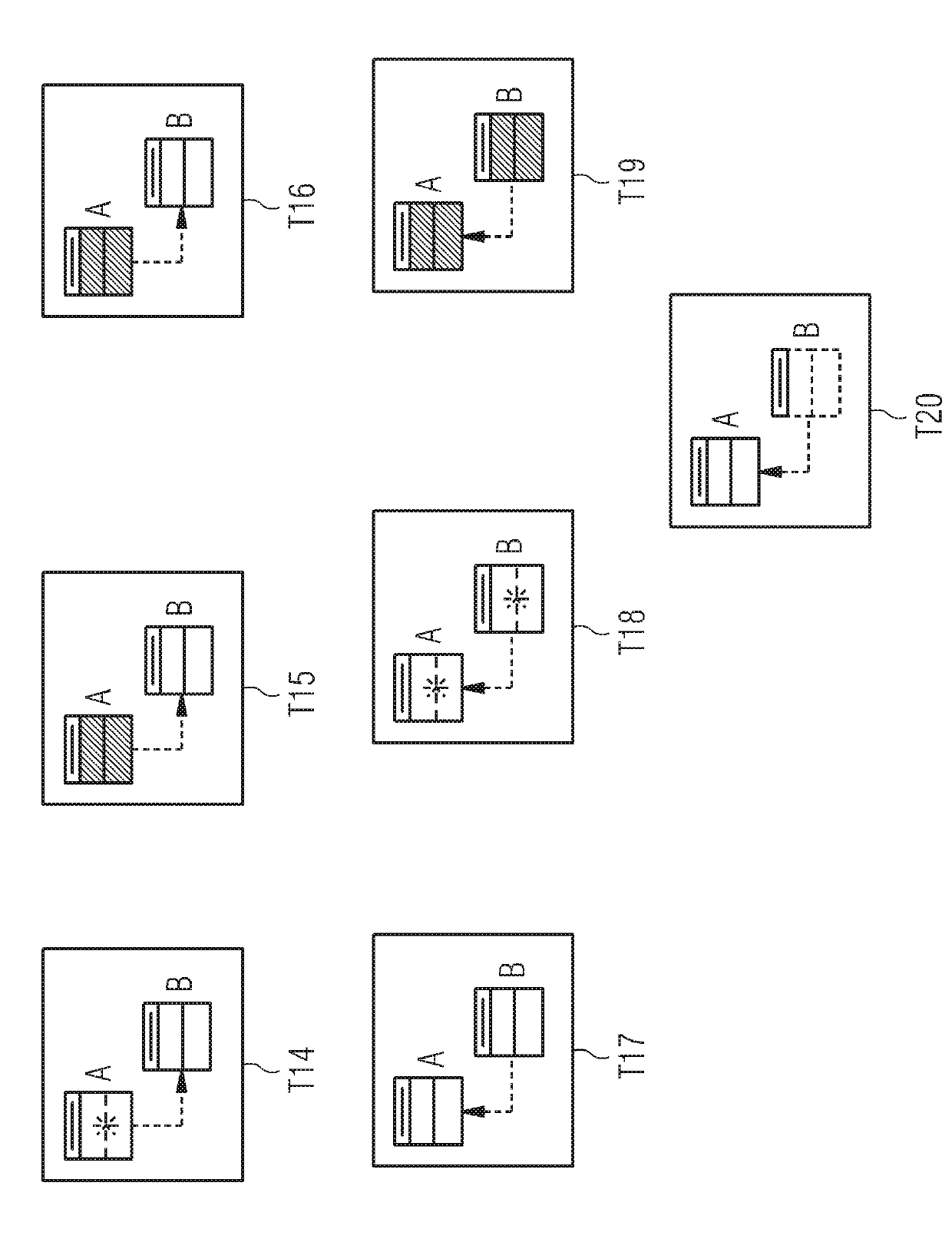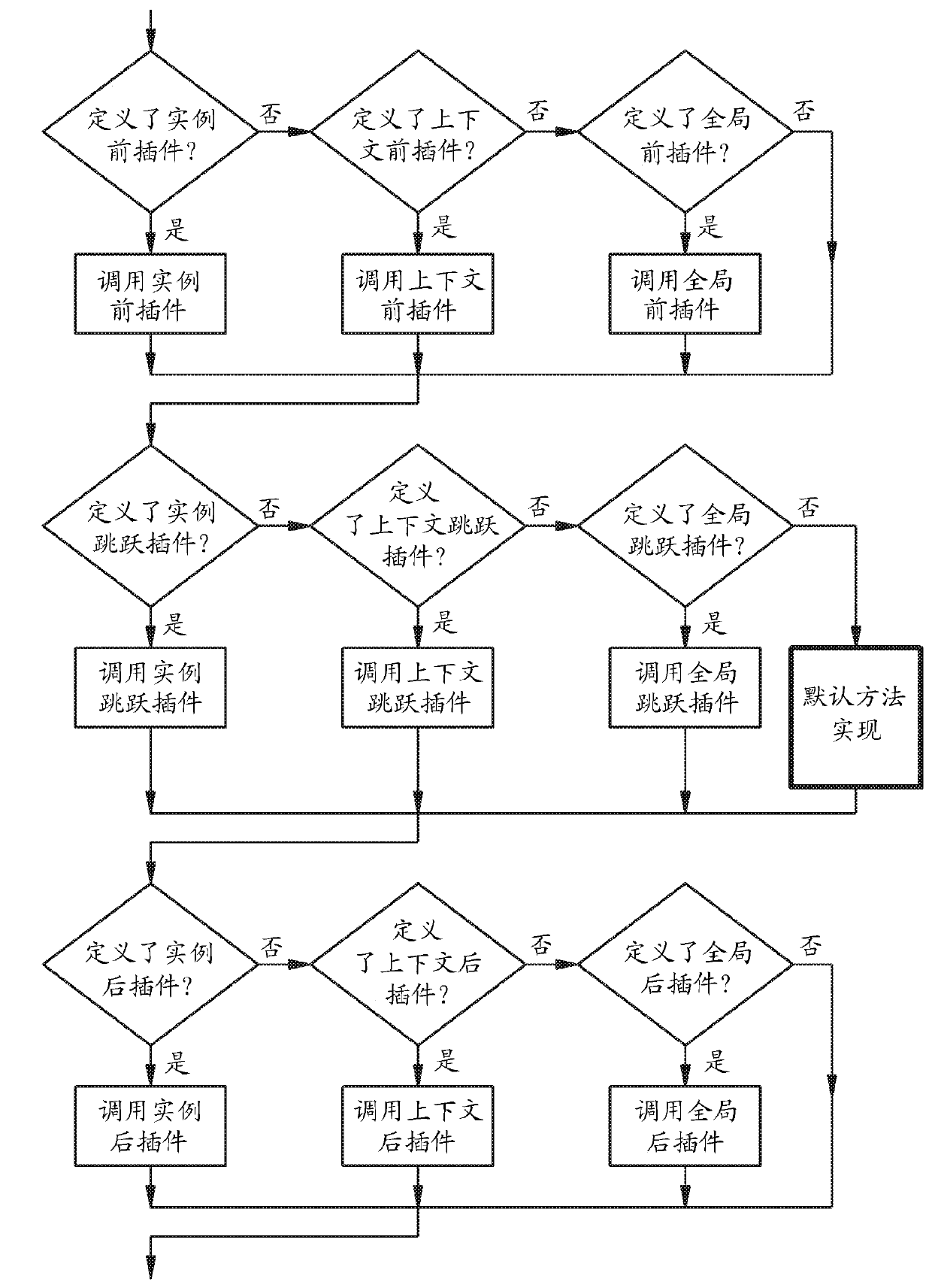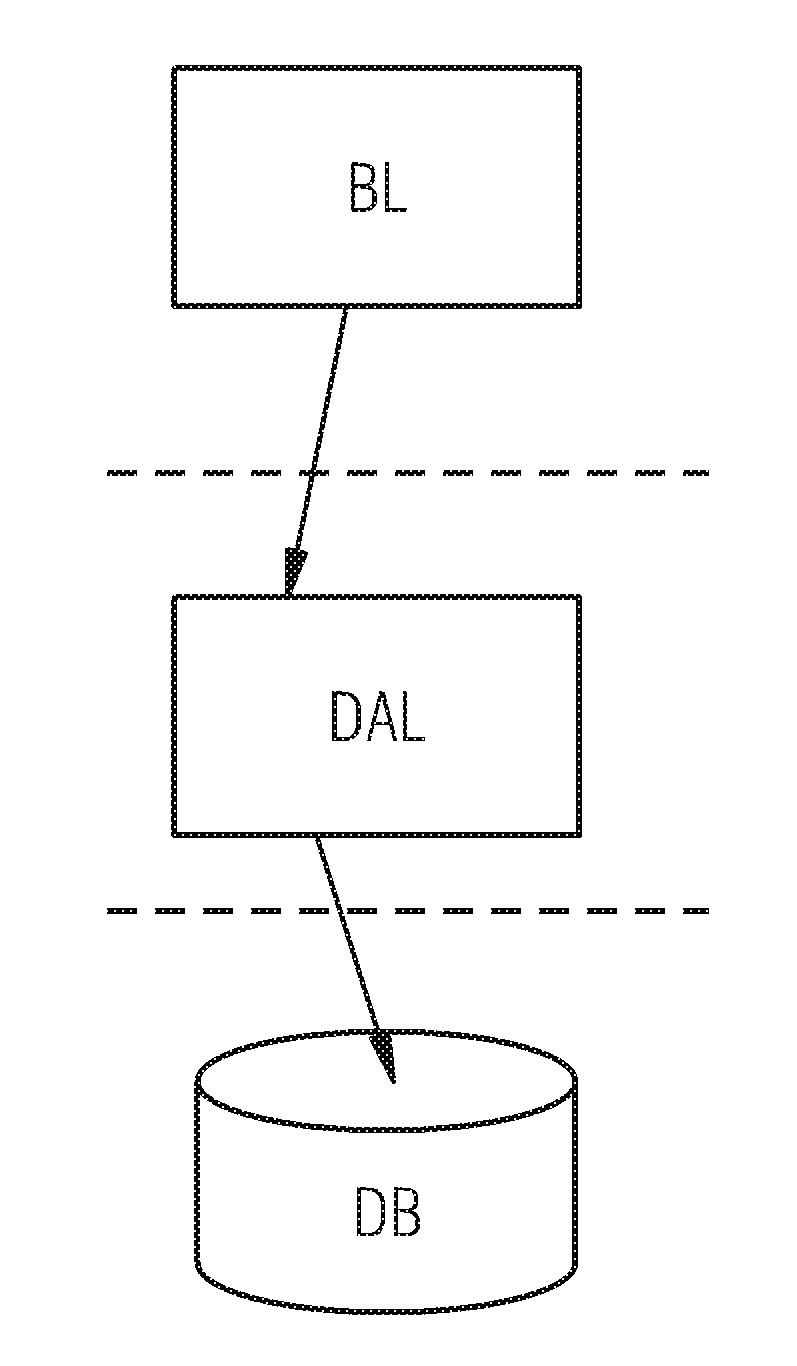Entities that access the data access layer
A data access layer and data access technology, which is applied to the entity field of the access data access layer, can solve the problem of losing the control and inspection capabilities of continuous functional programming phrases
- Summary
- Abstract
- Description
- Claims
- Application Information
AI Technical Summary
Problems solved by technology
Method used
Image
Examples
example 1
[0093] Example 1: Direct Link
[0094] In an exemplary embodiment, in an MES scenario, let us assume the following three basic DAL entities are part of the Production Order Management component:
[0095] - A "campaign" entity, representing a production request to manufacture a specific quantity of a product.
[0096] — An "Order" entity, representing the operations required to produce a particular material, and related information. Movements consist of one or more orders.
[0097] - "Item" entity: represents the manufacturing step used to complete the execution of the entire production order. An order consists of one or more items.
[0098] A very simple example of a virtual entity aggregates data of the following nature:
[0099] — entry identifier (obtained from entry)
[0100] — entry estimated start time (obtained from entry)
[0101] — entry estimated end time (obtained from entry)
[0102] — the identifier of the order to which the item belongs (obtained from th...
example 2
[0111] Example 2: Optional Side Entities
[0112] In the exemplary embodiment, let us assume that the entry entity contains a property called the device ID that references the executing device that is associated to the entry, if any, such as image 3 The virtual entity shown in Figure T2.
[0113] In this case, such secondary entities are marked as optional since the association is not mandatory, i.e. the entry does not necessarily have an associated device.
[0114] Read methods invoked on this virtual entity descriptor return all entry instances, whether or not they point to associated devices. Properties extracted from equipment entities have invalid values for virtual entity instances for which no association to the equipment entity exists.
[0115] find side entities
[0116] According to the second additional side-entity type, the directly linked side-entity can be marked as a "lookup" side-entity.
[0117] Lookup side-entities that require at least one set of ...
example 3
[0121] Example 3: Find side entities
[0122] image 3 The virtual entity graphs T3a and T3b describe two virtual entity descriptors, the difference being that the motion side-entity is marked as "lookup" in the second virtual entity descriptor.
[0123] For a first virtual entity, a call to a write method on an instance of this virtual entity means that, depending on the data, a write method on both an order and a movement instance can be called.
[0124] Instead, for the second virtual entity, a call to the write method on an instance of this virtual entity means that only the order instance is written, and in particular, it points to the value given for its "identifier property" , such as Campaign.Name(campaign.name) The given value matches the campaign instance.
[0125] pivot link
[0126] In an embodiment of the proposed invention, it is preferred to mark certain back link side entities as pivot link side entities.
[0127] In fact, it should be noted that in bac...
PUM
 Login to View More
Login to View More Abstract
Description
Claims
Application Information
 Login to View More
Login to View More - R&D
- Intellectual Property
- Life Sciences
- Materials
- Tech Scout
- Unparalleled Data Quality
- Higher Quality Content
- 60% Fewer Hallucinations
Browse by: Latest US Patents, China's latest patents, Technical Efficacy Thesaurus, Application Domain, Technology Topic, Popular Technical Reports.
© 2025 PatSnap. All rights reserved.Legal|Privacy policy|Modern Slavery Act Transparency Statement|Sitemap|About US| Contact US: help@patsnap.com



